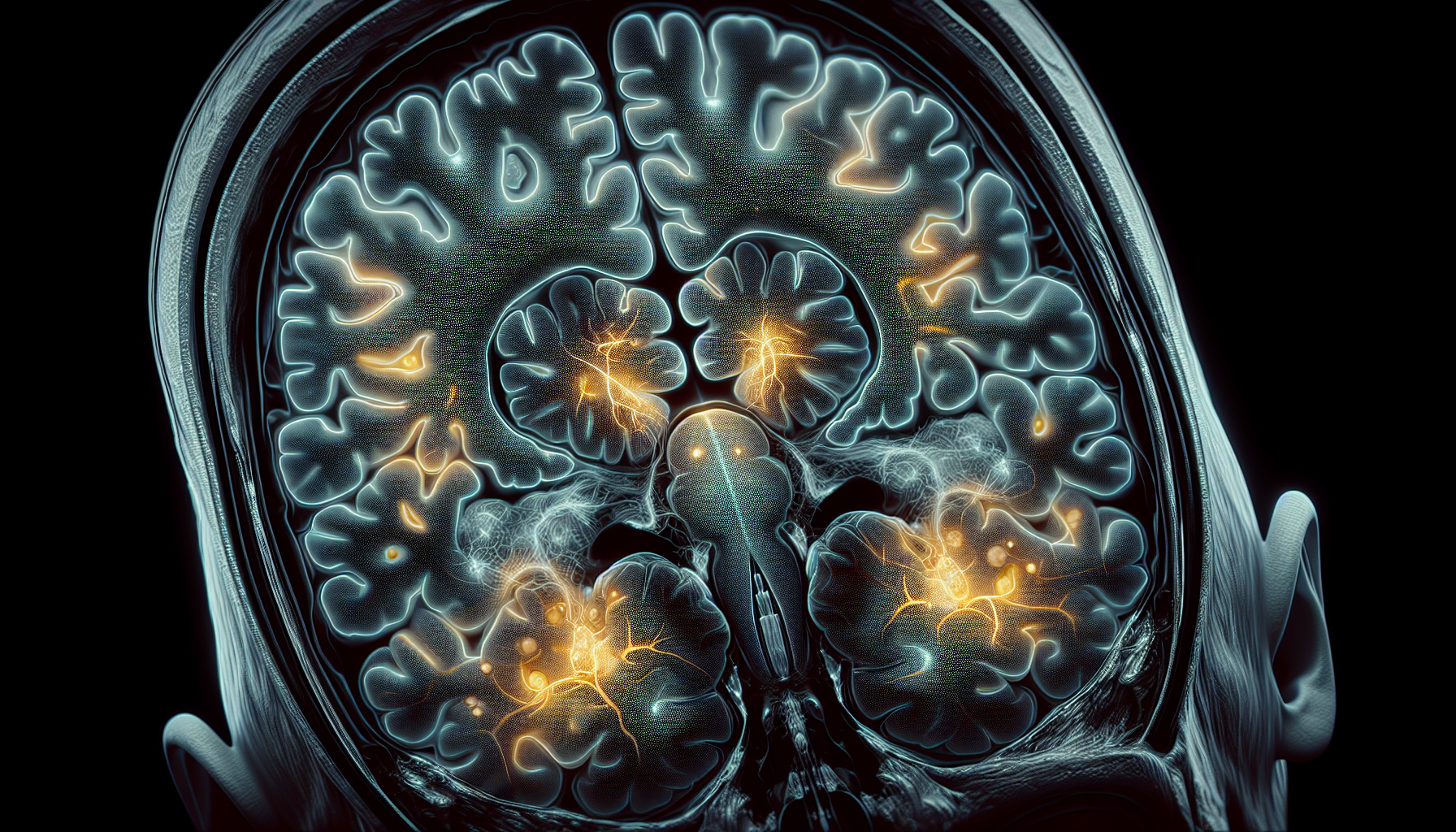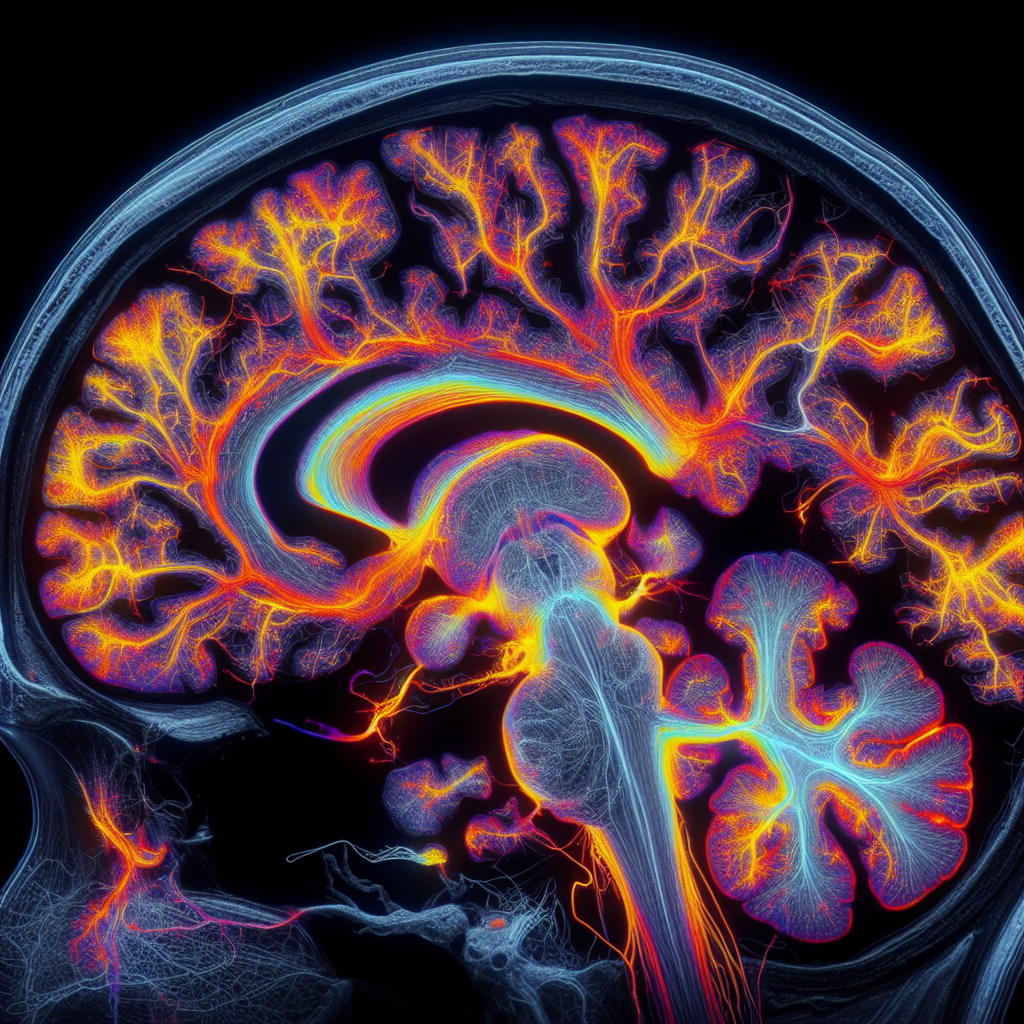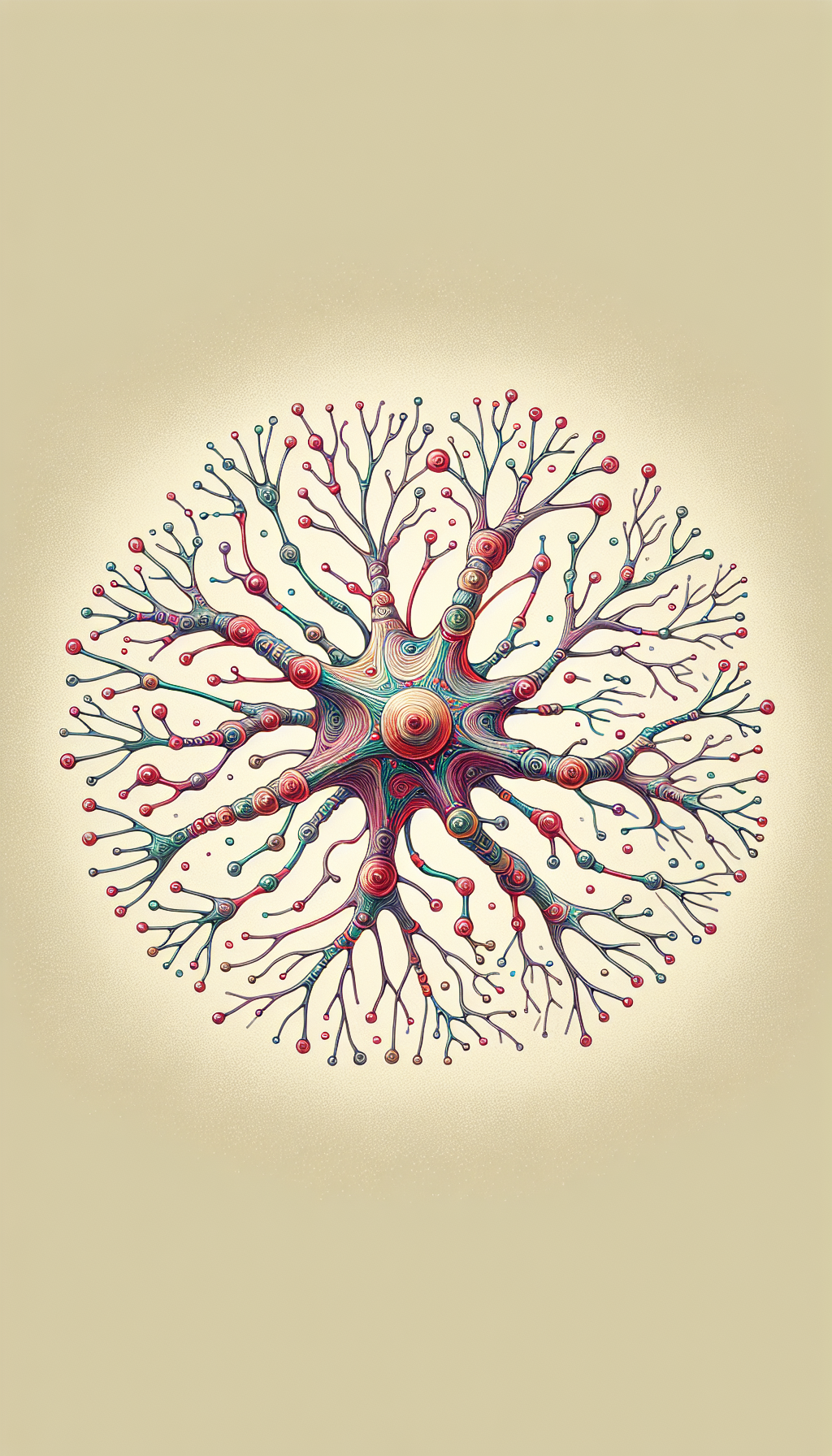Neurodegenerative conditions, such as Alzheimer’s disease, Parkinson’s disease, and multiple sclerosis, pose a significant challenge to healthcare systems worldwide due to their progressive nature and the lack of definitive cures. Early detection of these conditions can be crucial in managing symptoms, delaying progression, and maintaining quality of life. In this comprehensive article, we will explore the latest strategies for early detection of neurodegenerative diseases, including advances in diagnostics, the role of lifestyle factors, and the potential for interventions in the pre-symptomatic stages.
The Importance of Early Detection
Detecting neurodegenerative diseases at an early stage is paramount. It enables healthcare providers to administer treatments that can slow disease progression, alleviate symptoms, and provide patients with valuable time to plan for the future. Early detection also plays a critical role in the research sphere, where it can aid in the development of new therapies and improve our understanding of these conditions.
Advances in Diagnostic Techniques
Recent years have seen remarkable progress in the field of neuroimaging for brain health assessment. Techniques such as MRI and PET scans can now identify biomarkers and structural changes in the brain that may indicate the onset of neurodegenerative diseases. These imaging methods, when used in conjunction with cognitive testing, can provide a more comprehensive picture of an individual’s neurological health.
The use of cerebrospinal fluid (CSF) analysis has also become more prevalent. Specific proteins in the CSF can act as indicators of neurodegeneration, offering another layer of early detection that, when combined with imaging and clinical evaluations, can significantly improve diagnostic accuracy.
Lifestyle Factors and Brain Health
Lifestyle factors play a substantial role in the health of our brains. Regular aerobic exercise has been shown to have a protective effect against cognitive decline. Similarly, diets rich in omega-3 fatty acids, antioxidants, and vitamins are associated with lower risks of neurodegenerative diseases. Moreover, activities that challenge the brain, like language learning, have been linked to increased brain plasticity and cognitive reserve, which may delay the onset of symptoms.
Genetic Screening and Risk Assessment
Genetic screening can offer insights into an individual’s predisposition to certain neurodegenerative diseases. While not all conditions have a clear genetic component, identifying high-risk individuals through genetic markers can allow for closer monitoring and earlier intervention.
The Role of Preventive Measures
Preventive measures are increasingly recognized as a critical component of managing brain health. This includes maintaining a healthy lifestyle, as mentioned earlier, but also involves regular cognitive assessments and monitoring of other health indicators. Balancing hormones can also have a significant impact on brain function and may be a preventive strategy for some individuals.
For comprehensive strategies on brain health, be sure to read about optimizing brain health through holistic nutrition.
Emerging Biomarkers
Research into biomarkers that can predict neurodegenerative diseases before symptoms appear is ongoing. These markers, which can be genetic, protein-based, or involve other molecules, hold promise for identifying individuals at risk much earlier than current methods allow.
Technological Innovations
Wearable technology and mobile apps are being developed to monitor motor functions, sleep patterns, and even speech changes that might indicate the early stages of neurodegenerative conditions. These technologies could revolutionize the way we approach early detection by enabling continuous, non-invasive monitoring.
The Future of Early Detection
The future of early detection looks promising, with advances in artificial intelligence and machine learning offering the potential to analyze large datasets and identify patterns that may elude human researchers. This could lead to the development of predictive models for neurodegenerative diseases, allowing for even earlier and more precise detection.
For a deeper understanding of how lifestyle factors can impact brain health, consider exploring the material on managing stress for a healthier brain.
Conclusion
Early detection strategies for neurodegenerative conditions are vital in mitigating the impact of these diseases. With the continuous evolution of diagnostic techniques, the integration of lifestyle factors into preventive measures, and the innovation in technology and research, there is hope for those affected by these conditions. By remaining vigilant and embracing a holistic approach to brain health, we can improve outcomes and provide better support for those at risk of neurodegenerative diseases.
For further exploration of how various factors contribute to cognitive health, be sure to read about promoting brain health across the lifespan.
In the quest for enhancing early detection and improving the lives of those with neurodegenerative conditions, staying informed and proactive is essential. As research continues to push the boundaries of what is possible, there is an ever-increasing array of tools and knowledge at our disposal to confront these challenging diseases head-on.



